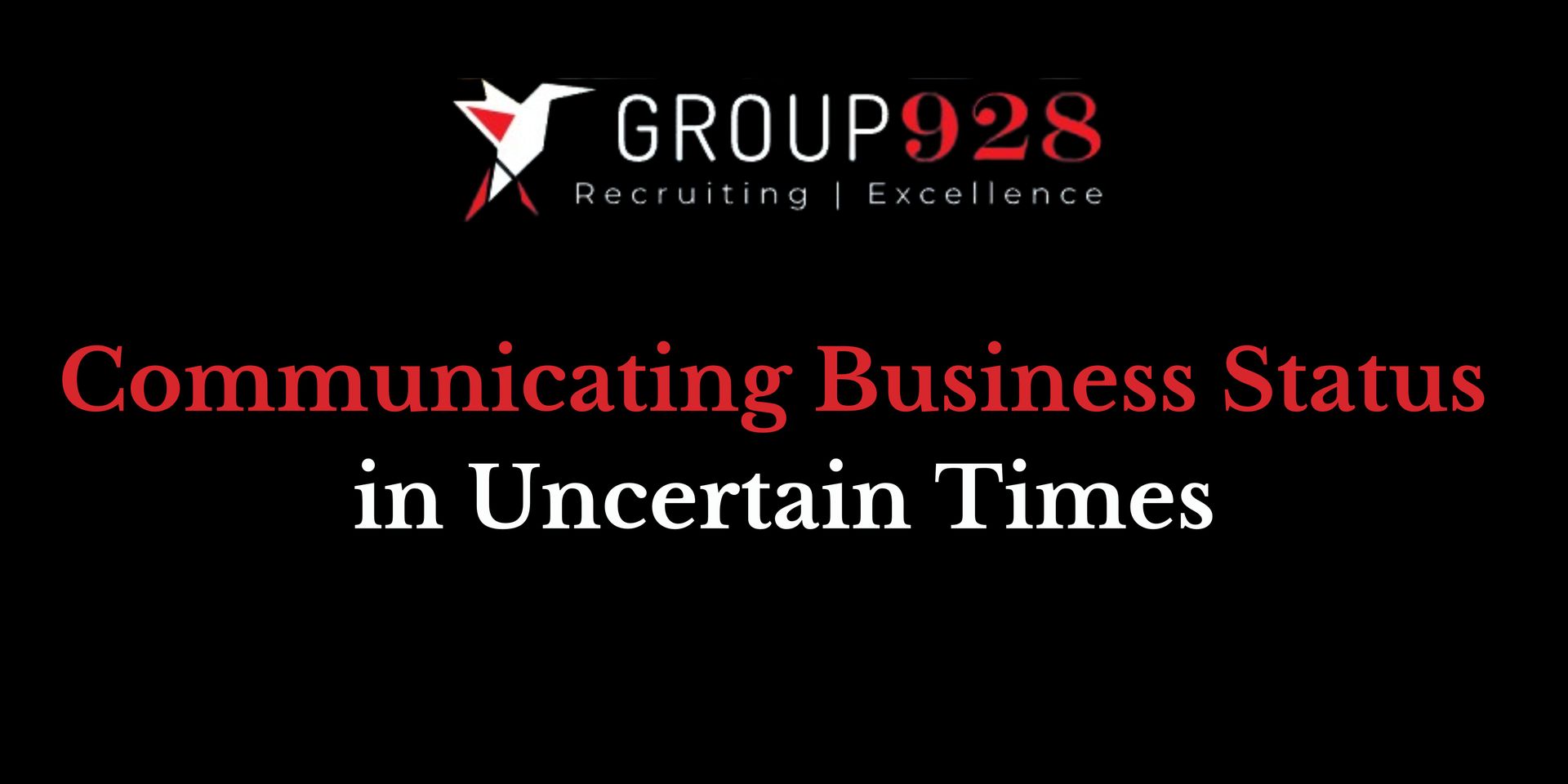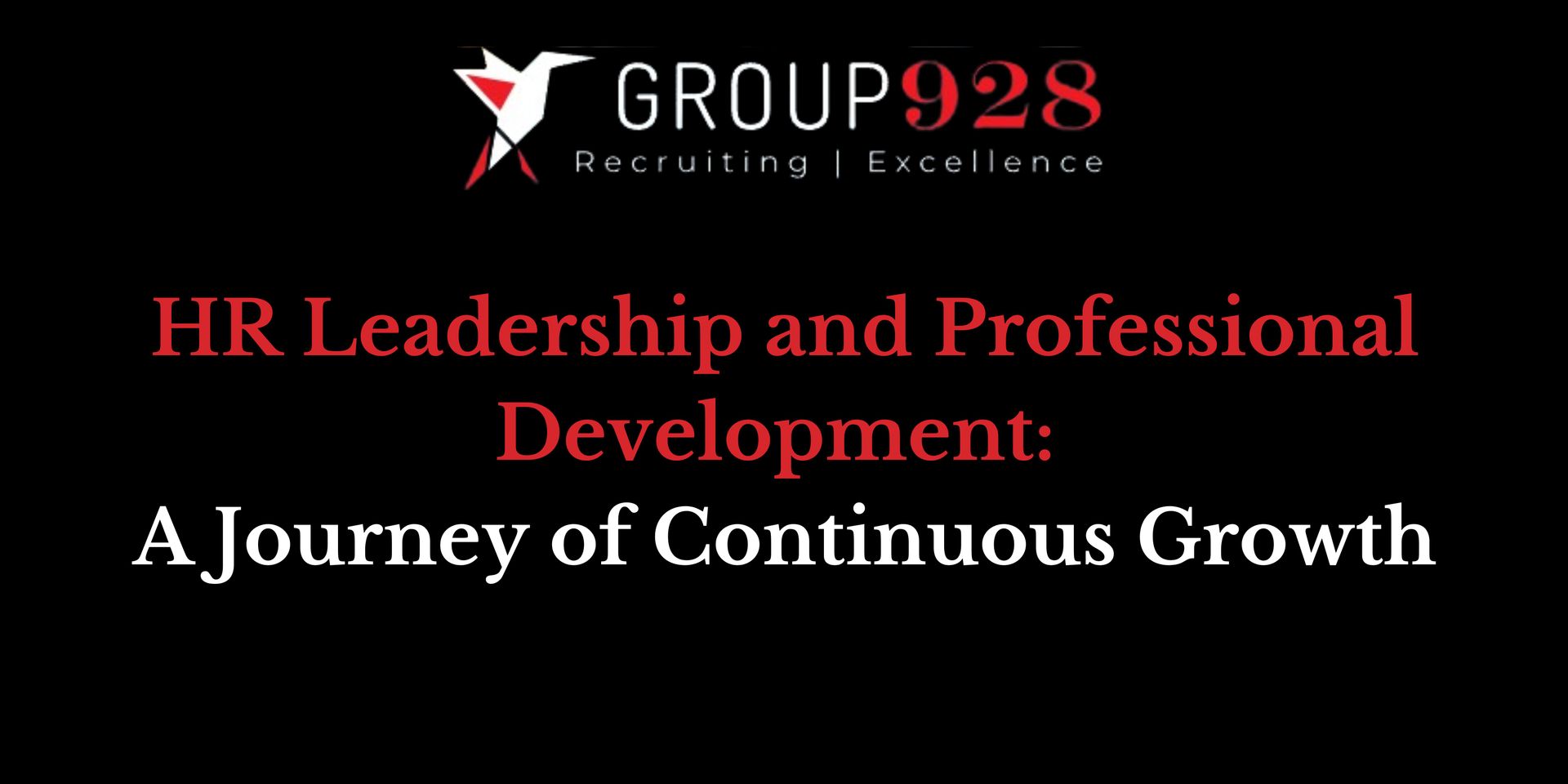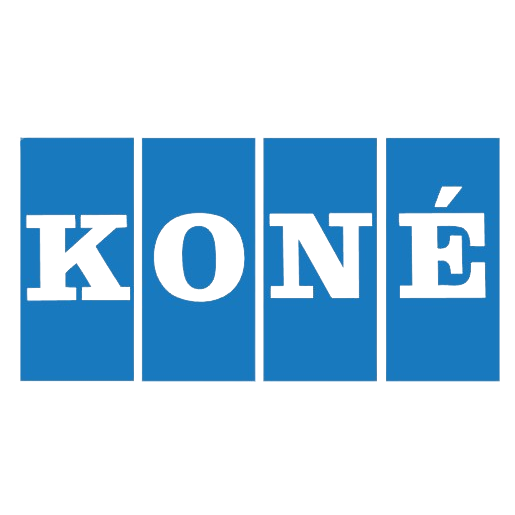As the year draws to a close, supply chain operations face numerous challenges, with staffing issues often at the forefront. Understanding these challenges and implementing effective strategies can make the difference between a smooth year-end process and a chaotic one.
When I was an HR Executive, we recognized the following challenges and created strategies well ahead of time to ensure a smooth year end (well, as smooth as it can be!).
Let’s talk about ways staffing affects supply chain activities during this critical period and offers practical solutions for businesses.























